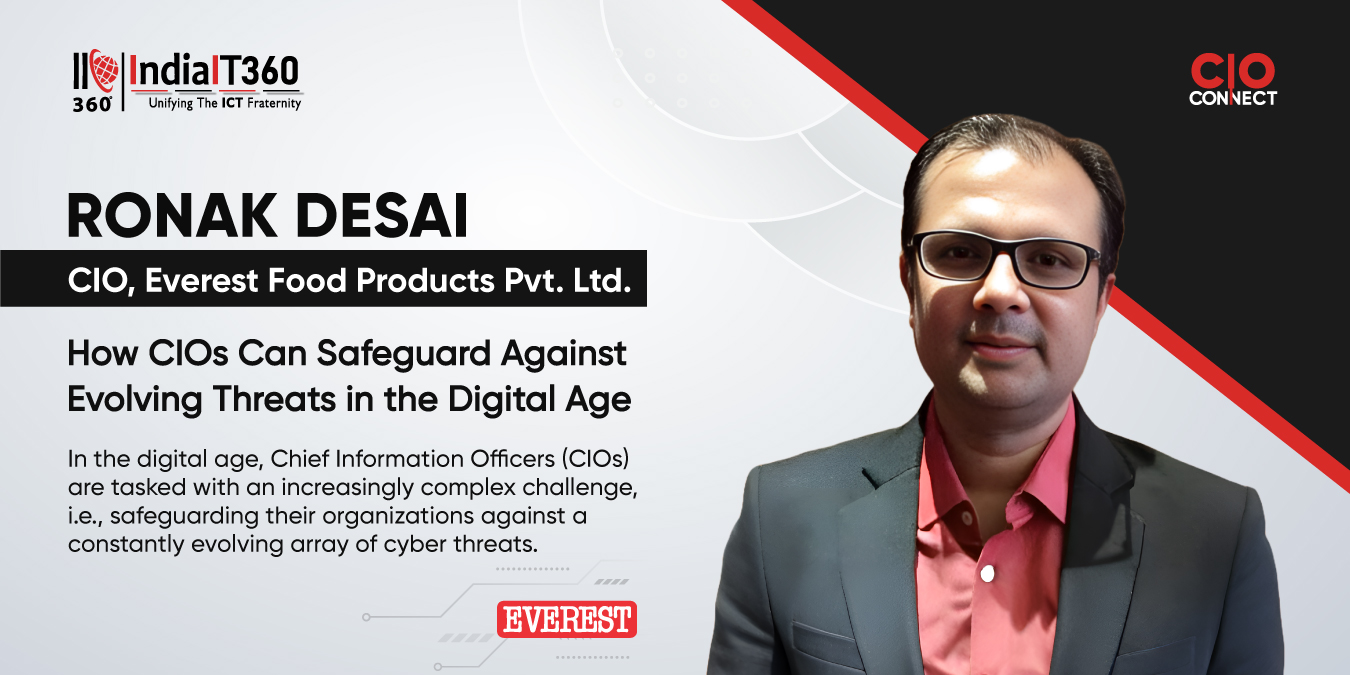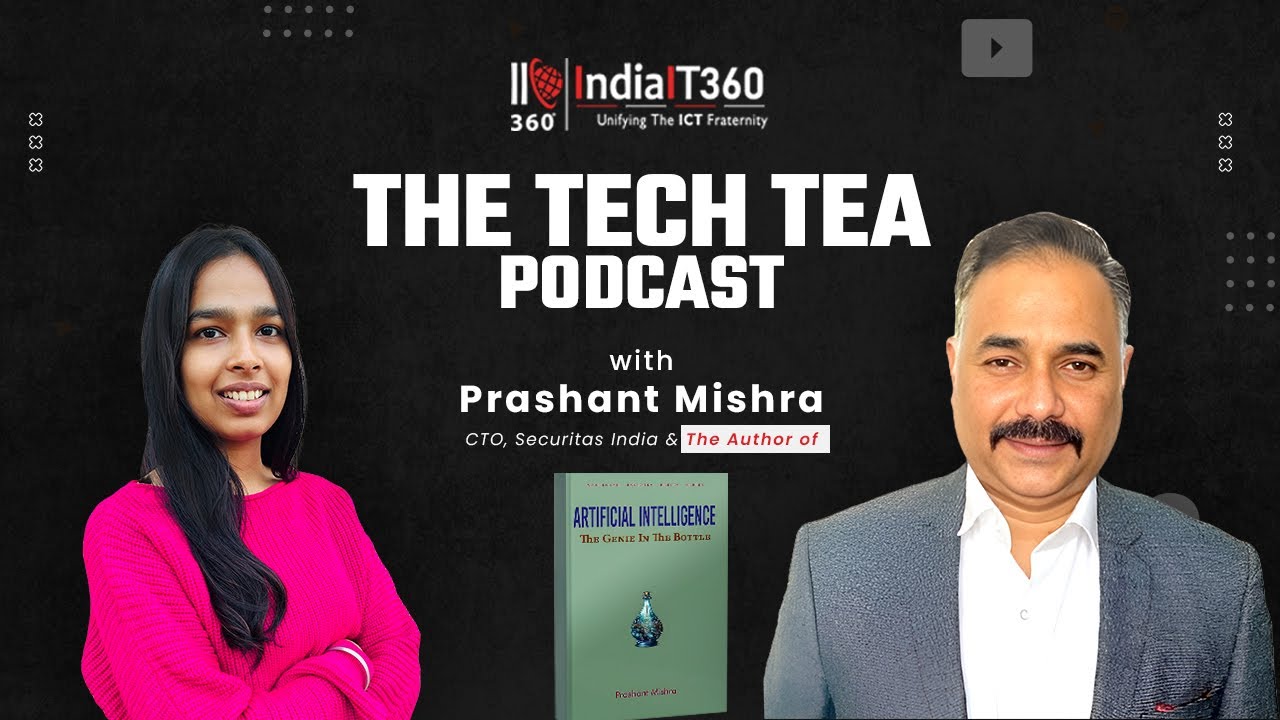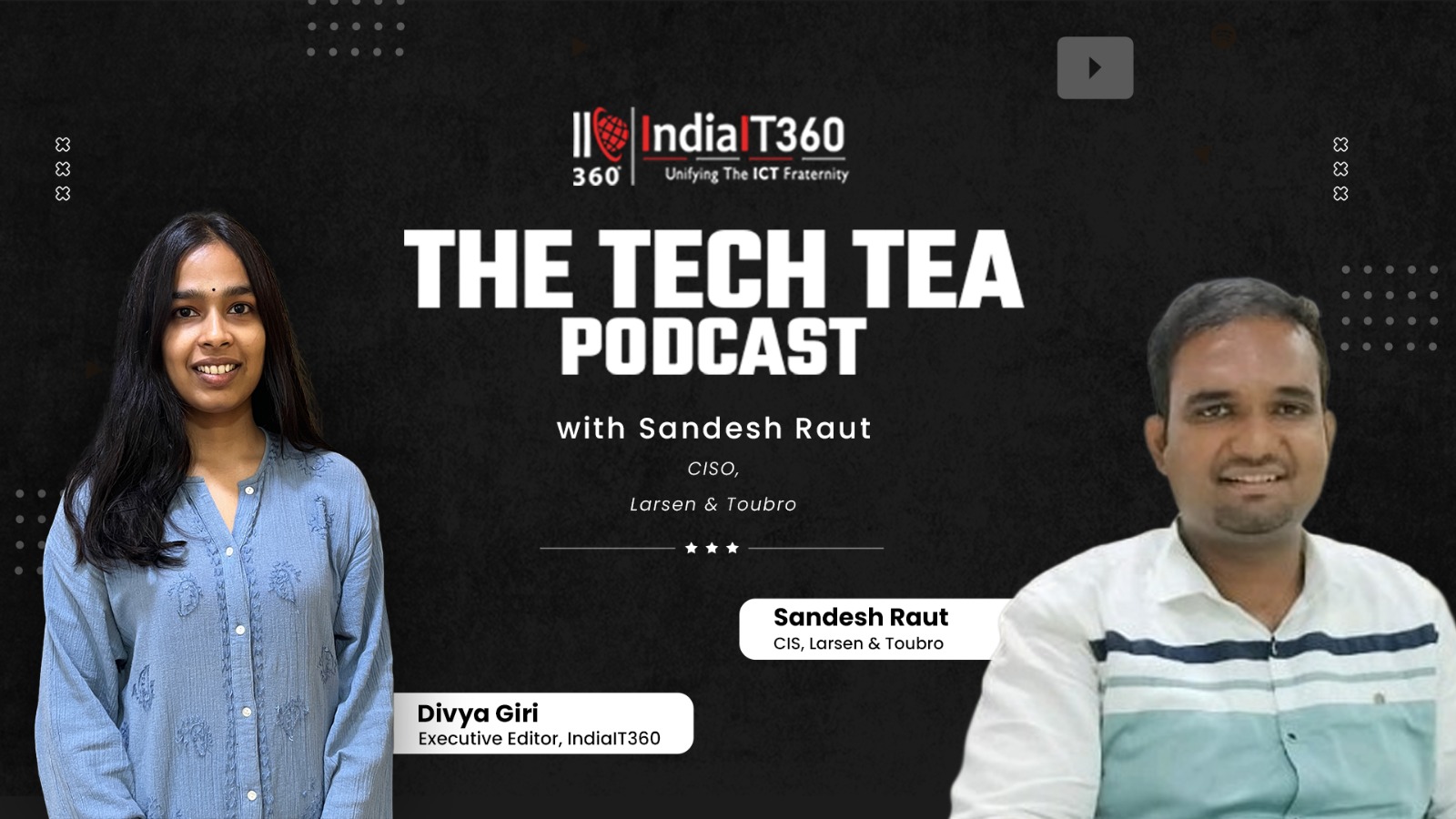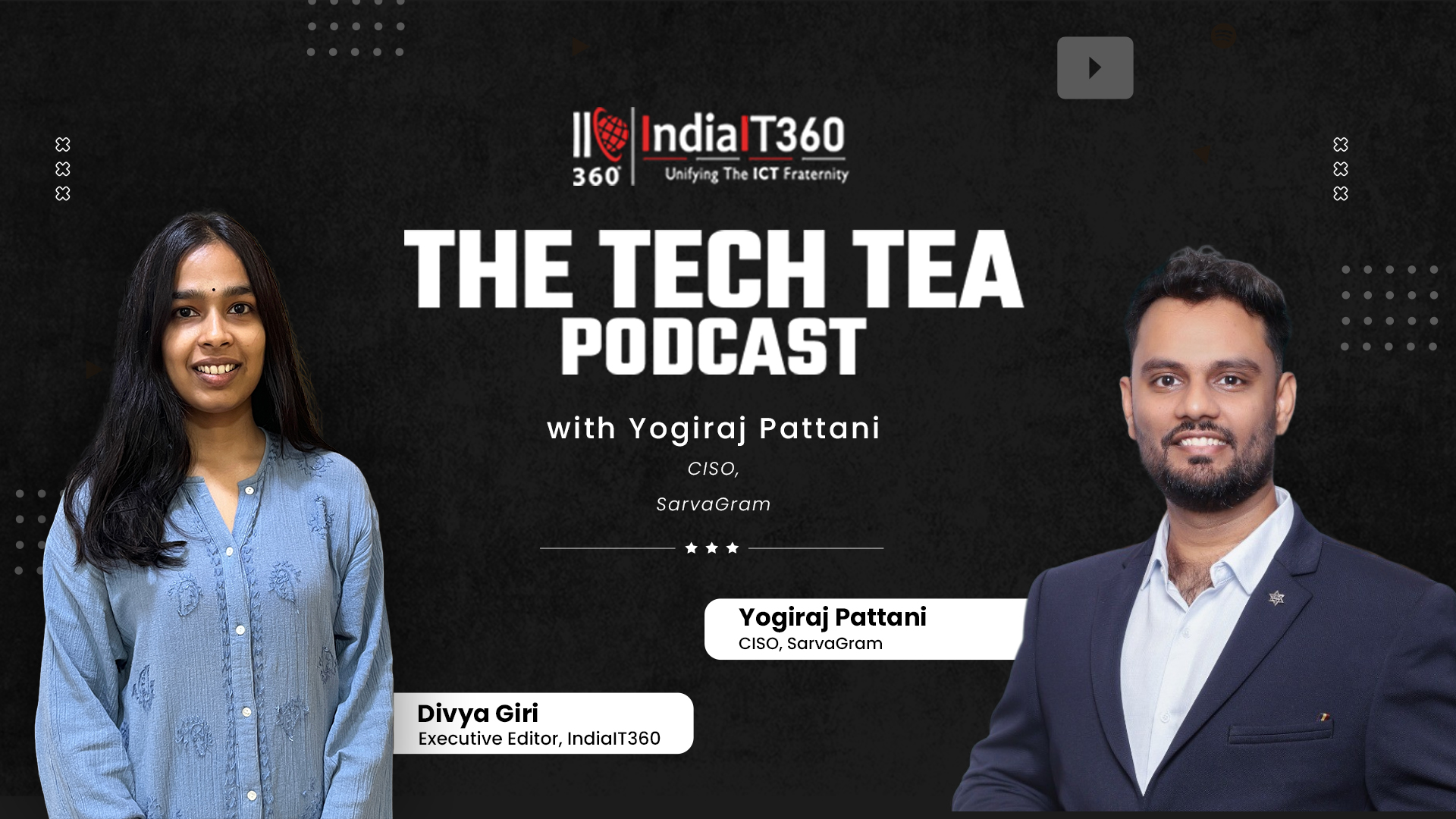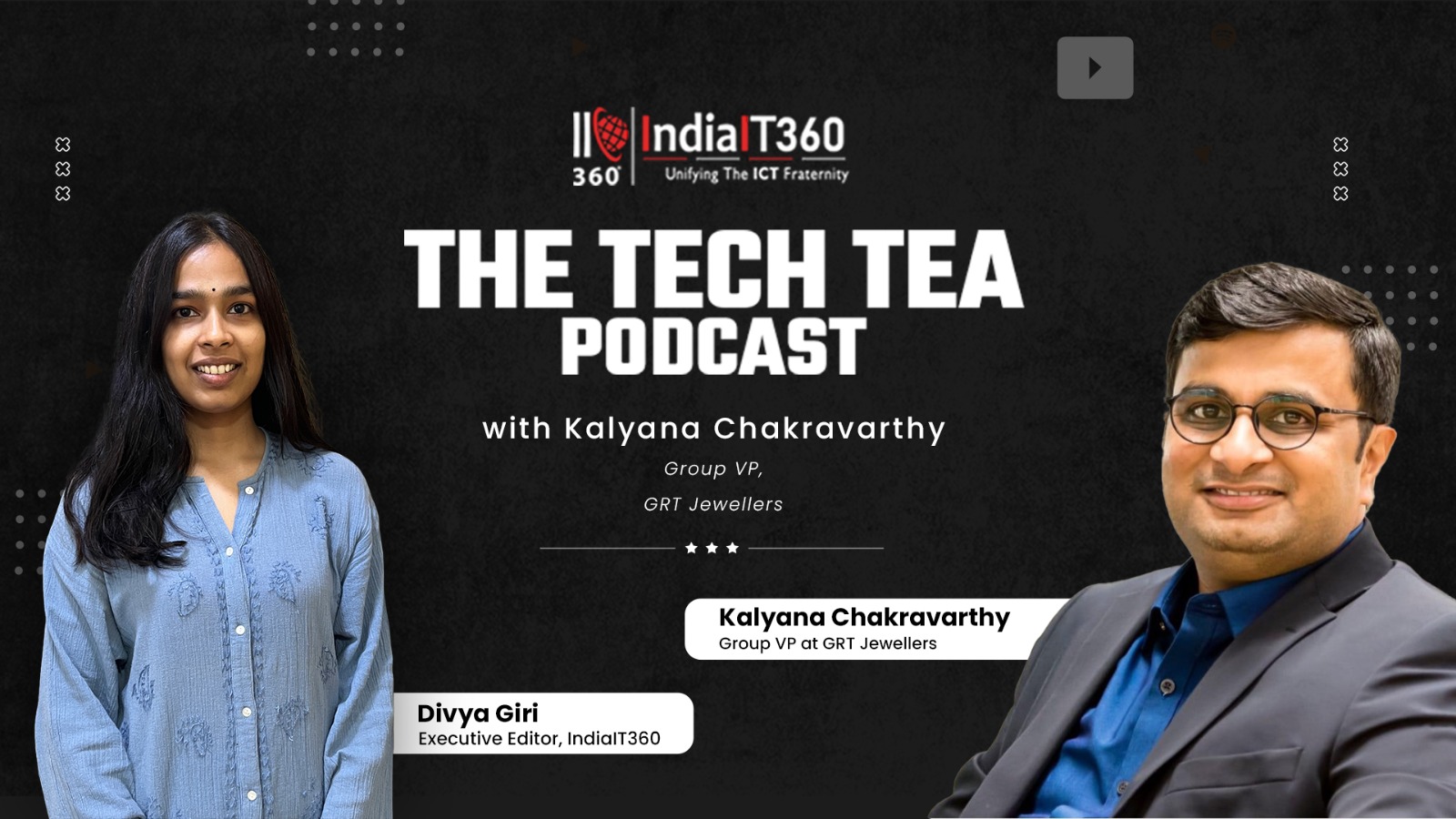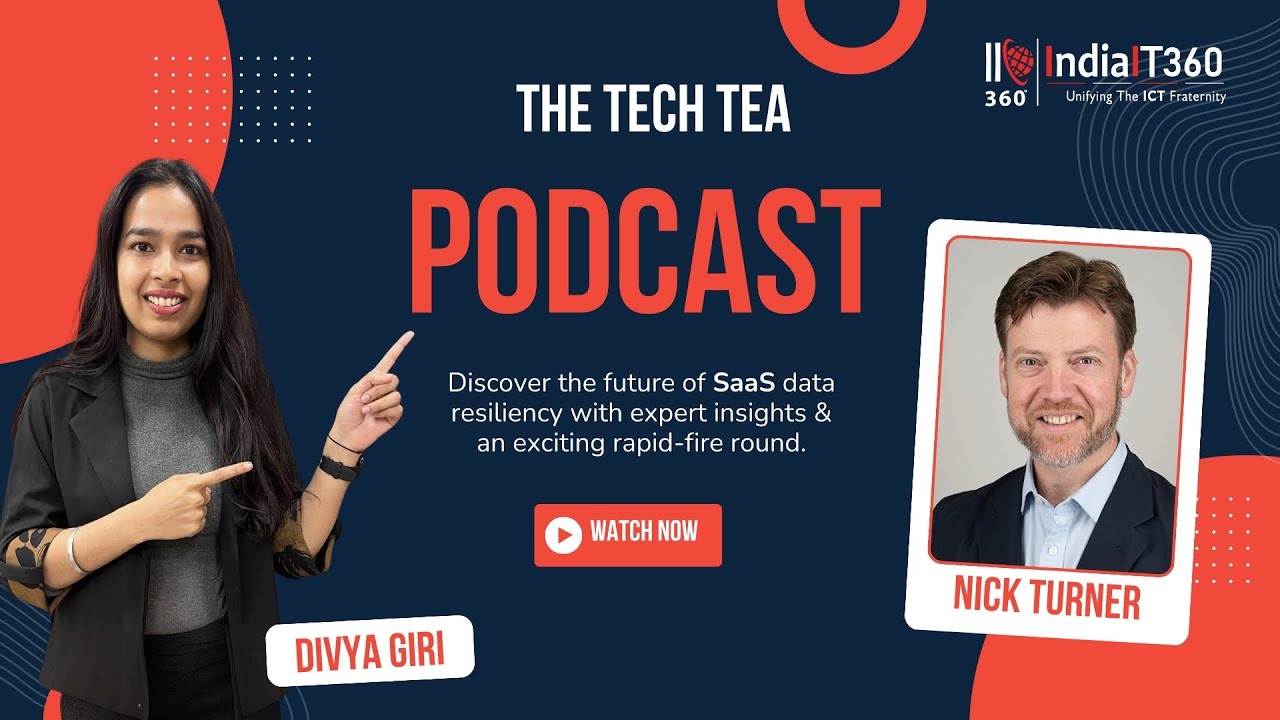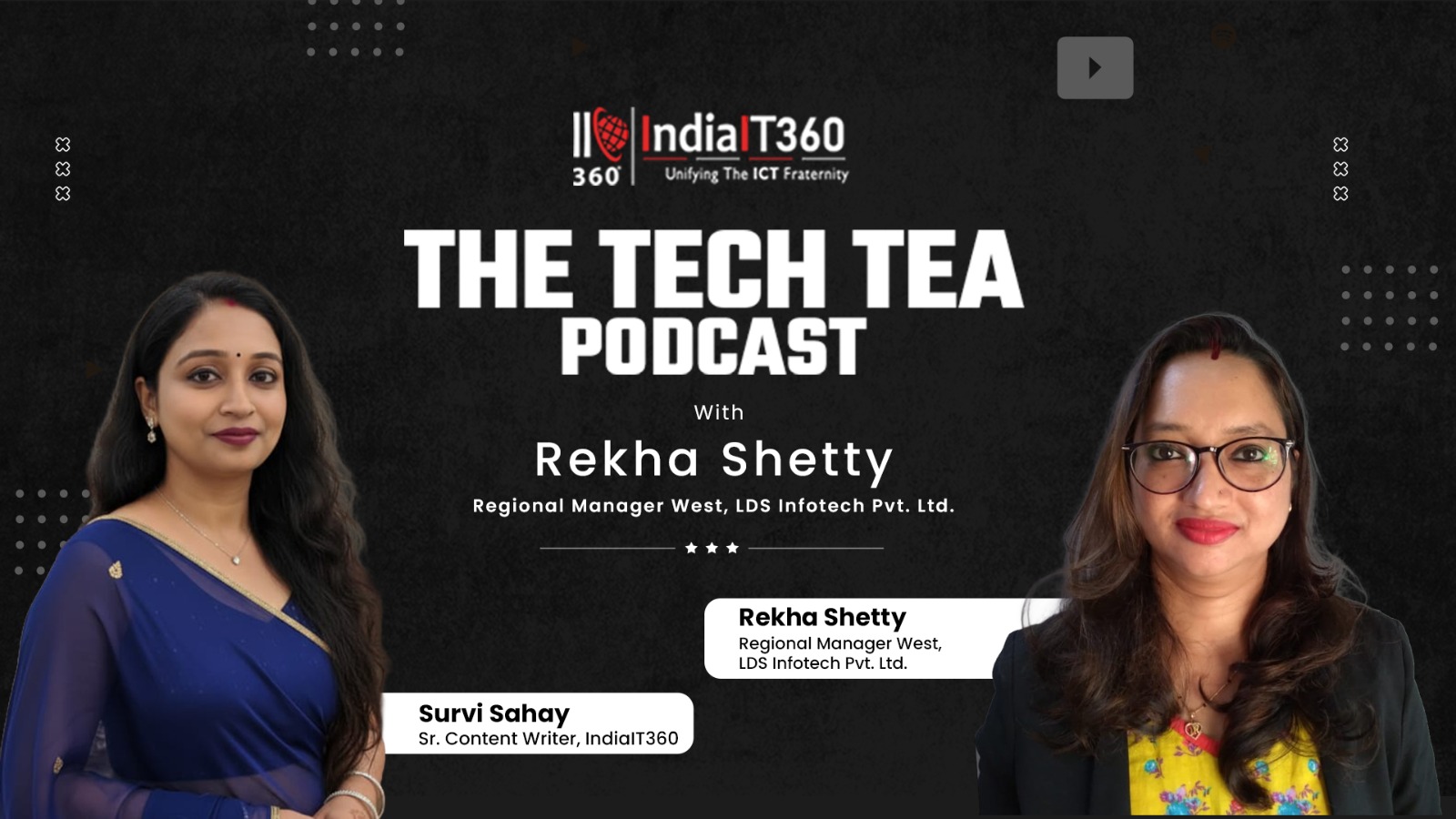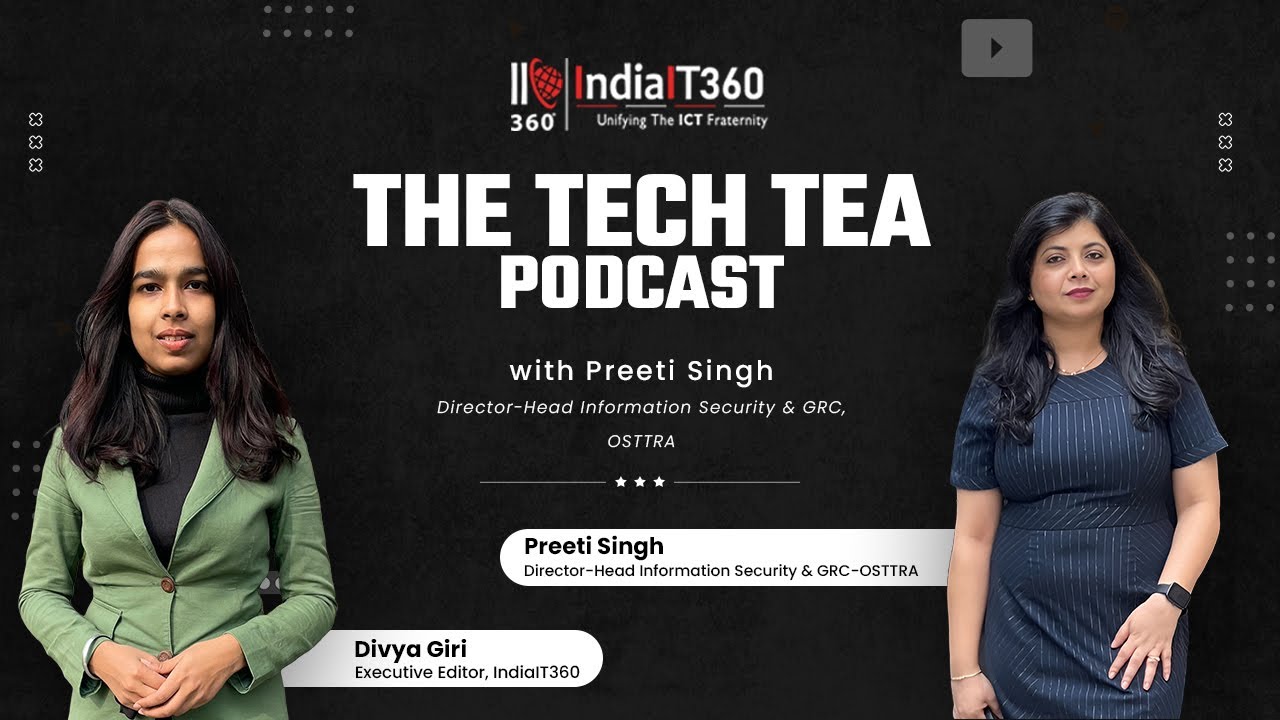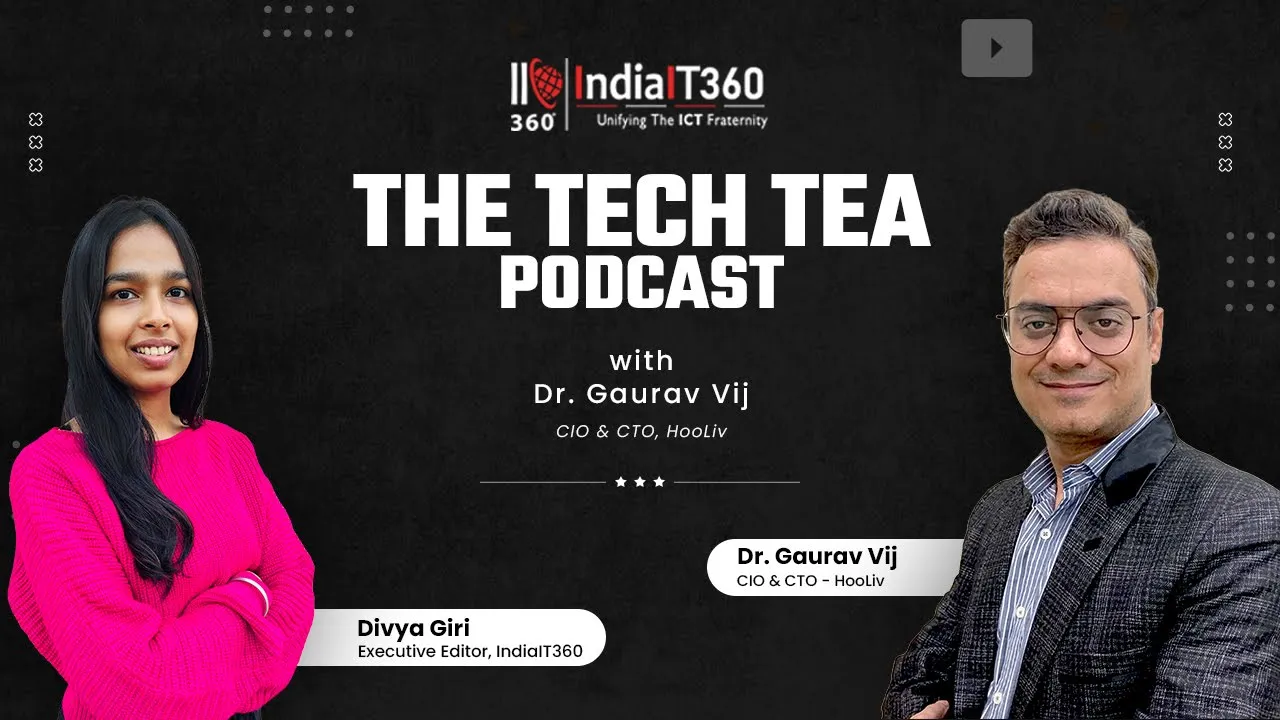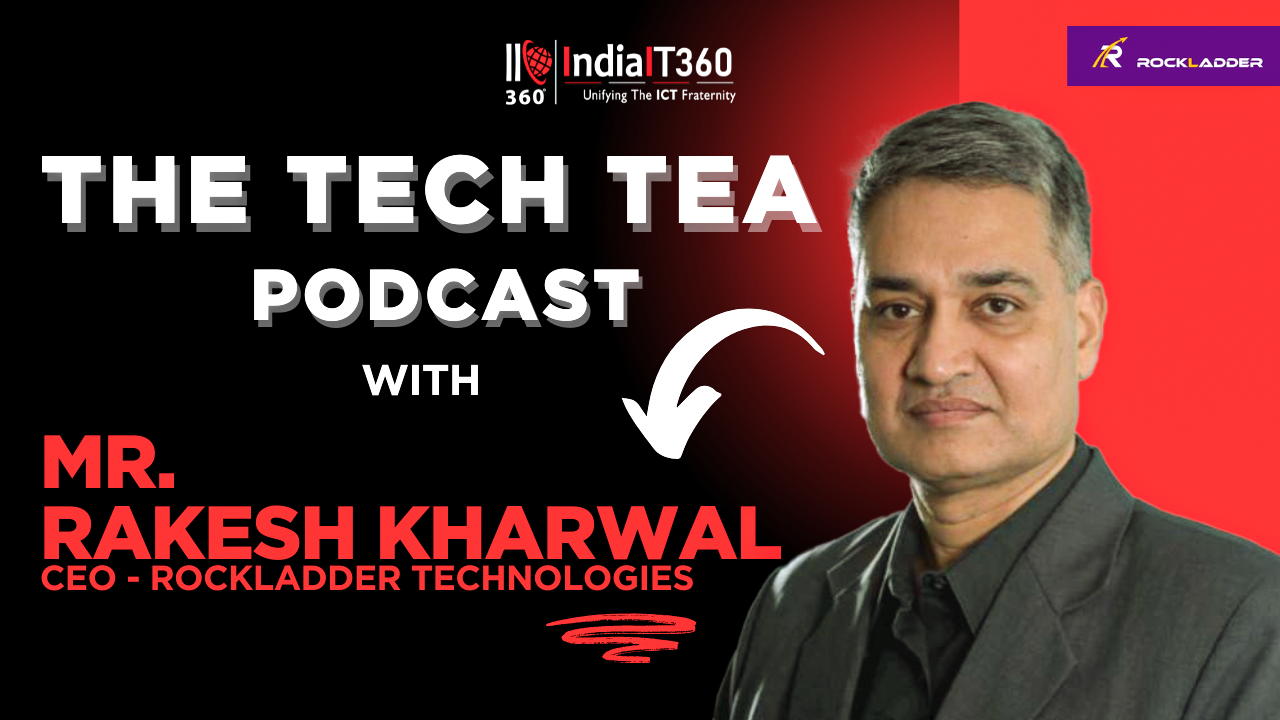: Article
How CIOs Can Safeguard Against Evolving Threats in the Digital Age
In the digital age, Chief Information Officers (CIOs) are tasked with an increasingly complex challenge, i.e., safeguarding their organizations against a constantly evolving array of cyber threats. As companies become more digitally connected and as new technologies like artificial intelligence, cloud computing, and the Internet of Things (IoT) expand the attack surface, the risk of cyberattacks has never been higher. The key strategies CIOs can use to protect their organizations against these evolving threats are ensuring their digital infrastructure remains secure and resilient.
A) Understanding the Threat Landscape
Before taking action, CIOs must first understand the nature of the threats faced by their organizations. Cyber threats today are more sophisticated than ever. Cybercriminals are increasingly utilizing artificial intelligence, machine learning, and automation to launch complex attacks, such as phishing campaigns, ransomware, and Distributed Denial-of-Service (DDoS) attacks.
B) Building a Strong Cybersecurity Culture
One of the most important strategies for CIOs is to build a robust cybersecurity culture across the organization. Security is no longer just the responsibility of the IT department—it is a company-wide concern. Employees across all departments should be well-versed in cybersecurity best practices and understand their roles in safeguarding sensitive information. CIOs must also ensure that security policies and procedures are well-communicated and easy to follow. Security should be built into the organization's workflow and operations, with security protocols embedded into daily processes. By creating a culture of cybersecurity awareness, CIOs reduce the risk of human error—a leading cause of security breaches.
C) Implementing a Multi-Layered Defence Strategy
A single line of defence is no longer enough to protect organizations from modern cyber threats. CIOs must implement a multi-layered security strategy that includes both technical measures and organizational policies. Here are some essential elements of such a strategy:
D) Adopting Advanced Threat Detection and Response Tools
To keep pace with the sophistication of modern cyberattacks, CIOs need to leverage advanced threat detection tools powered by machine learning and artificial intelligence. These tools can detect anomalies in network traffic, identify unusual patterns of behaviour, and pinpoint threats faster than traditional methods.
E) Integrating Cybersecurity into the Organization’s Digital Transformation
As digital transformation accelerates, it is essential for CIOs to integrate cybersecurity from the beginning of any digital initiative. In the past, security measures were often added after the fact, but as the digital landscape evolves, CIOs must embed security into every step of the organization’s digital journey. This includes cloud migrations, the implementation of new technologies, and the adoption of new business models.
For example, when moving to a cloud-based infrastructure, security protocols should be established prior to migration. This includes configuring cloud security settings, establishing access management policies, and implementing cloud-native security tools to ensure a robust defence against potential vulnerabilities.
F) Strengthening Vendor Management and Third-Party Risk
CIOs must prioritize third-party risk management as part of their overall cybersecurity strategy. As organizations increasingly depend on external vendors and service providers, the risk of data breaches or security incidents arising from these partnerships grows.
Effective third-party risk management involves setting clear security expectations for vendors and conducting thorough, regular security audits of third-party systems to verify compliance with internal security standards.
CIOs should also implement stringent access controls, limiting third-party access to only what is necessary for their functions. This reduces the potential for malicious activity or data exposure from external sources. Secure access mechanisms, such as multi-factor authentication (MFA), should be applied whenever granting access to sensitive systems or information. Secure API integrations should also be leveraged to protect the integrity of communications between systems, ensuring that any data exchanged with external services is safeguarded against compromise. By proactively managing third-party risks in this way, organizations can reduce the likelihood of security breaches originating from external sources and maintain a robust cybersecurity posture.
G) Preparing for Cybersecurity Incidents
Despite best efforts, no system is completely impervious to cyber threats. CIOs must ensure their organizations are prepared to respond effectively to security incidents. A detailed incident response (IR) plan is essential. This plan should outline the steps to take in the event of a breach, including communication protocols, roles and responsibilities, and procedures for containing and mitigating the attack.
By establishing a detailed IR plan, CIOs ensure that their organizations are not only prepared to react promptly in the event of a cyberattack, but can also learn from each incident to continually strengthen their security posture and response capabilities.
H) Fostering Collaboration with C-Suite and Board of Directors
Cybersecurity is no longer just an IT issue; it has become a critical business concern that directly impacts an organization's reputation, operations, and bottom line. For this reason, it is essential for CIOs to advocate for cybersecurity at the highest levels within the organization, ensuring that security considerations are woven into both business strategies and decision-making processes.
To foster a holistic approach to cybersecurity, CIOs should collaborate closely with other key executives, such as the Chief Financial Officer (CFO) and Chief Legal Officer (CLO). This alignment ensures that security objectives are not only integrated with IT goals but also with broader business priorities, such as financial planning, legal compliance, and risk management. The CFO can help secure the necessary funding for cybersecurity initiatives, while the CLO ensures that security practices are compliant with relevant laws and regulations.
Regular communication with the board of directors is also crucial. CIOs should ensure that the board is well-informed about the organization’s cybersecurity posture, the ongoing risk assessments, and the effectiveness of the measures in place to defend against cyber threats. These briefings should focus on both current risks and long-term strategies for maintaining and improving cybersecurity resilience.
By positioning cybersecurity as a cross-functional business enabler rather than an isolated IT function, CIOs help ensure that it is prioritized in the organization’s overall strategic planning. This collaborative approach not only increases the allocation of resources for cybersecurity but also builds stronger support for investments in security technologies and initiatives, ensuring the organization is well-equipped to manage the evolving threat landscape and safeguard its future success.
I) Continuous Monitoring and Adaptation
The digital landscape is constantly evolving, and so too must an organization's cybersecurity defence. CIOs must adopt a mindset of continuous monitoring and adaptation. Regular security assessments, penetration testing, and vulnerability scanning should be conducted to identify and fix potential weaknesses before they can be exploited.
Furthermore, keeping up with evolving cybersecurity regulations and compliance standards is crucial. As new laws and guidelines are introduced, CIOs must ensure their organization remains compliant with relevant data protection, privacy, and industry-specific regulations.
Conclusion: Leadership in the Era of Digital Risk
As organizations continue to undergo digital transformations and embrace new technologies, the role of the CIO as a cybersecurity leader will become increasingly critical. The digital age presents both unprecedented opportunities and risks, and CIOs must navigate this complex landscape with a strategic, forward-thinking approach.
By understanding the evolving threat landscape, building a robust security culture, adopting advanced cybersecurity technologies, and ensuring a collaborative approach across the organization, CIOs can protect their companies against cyberattacks and position them for sustainable growth in the digital world. As cybersecurity risks continue to evolve, CIOs who demonstrate innovation, adaptability, and leadership in securing their organizations will help ensure that their companies are well-positioned to thrive in an increasingly connected and digital future.
Article written by Mr. Ronak Desai, Chief Information Officer at Everest Food Products Pvt. Ltd.




